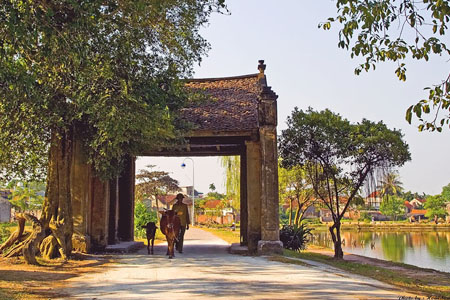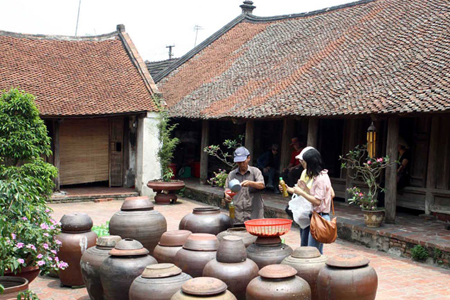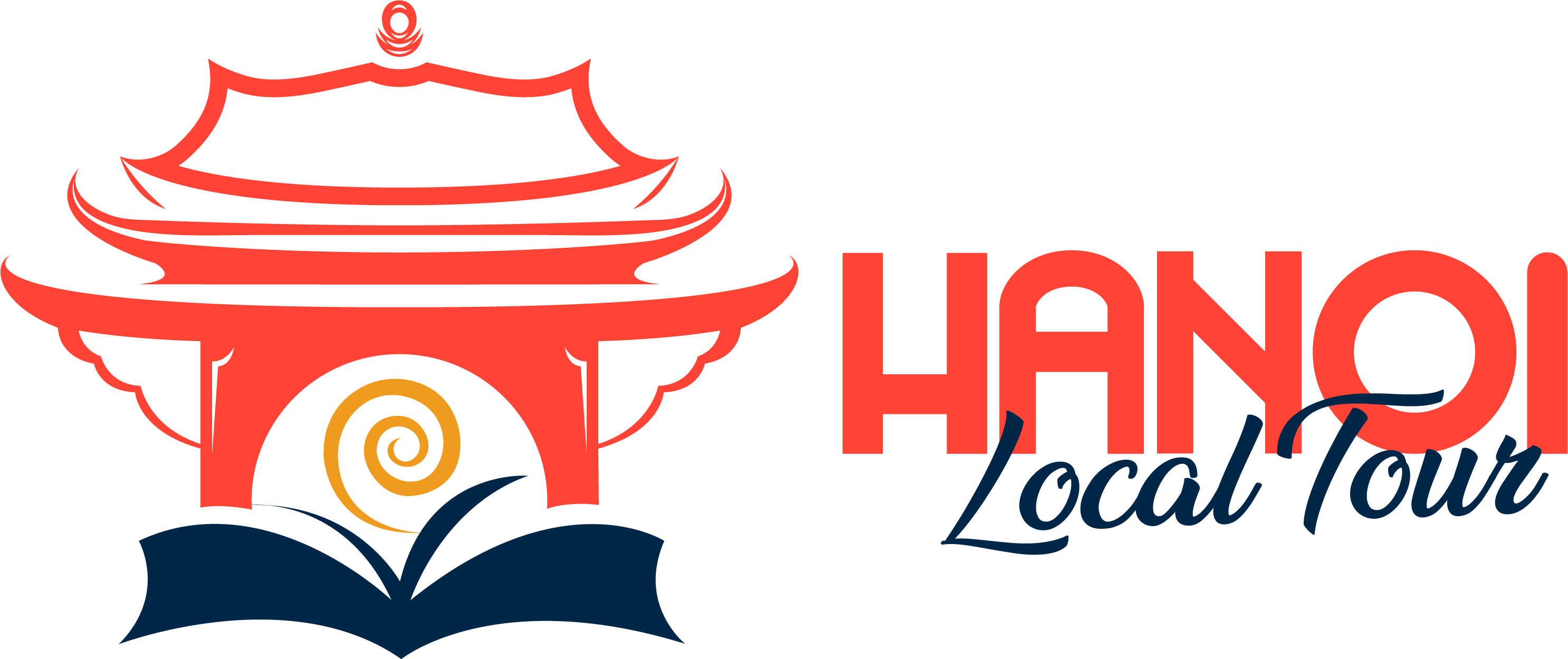Situated in Son Tay Town, 40 km to the west of Hanoi, Duong Lam ancient village is one of the most visited destinations in Vietnam. With the history of about 1,200 years, this ancient village has preserved many houses dating back up to 400 years. The village is also known as place where two of Vietnam’s kings, Phung Hung (761-802) and Ngo Quyen (896-944) were born. Both of them were the heroes of the country when they led resistance wars against northern invasion. The village attracts visitors by its ancient houses and the architectural features of a typical old Vietnamese village with banyan trees, well, communal house and a wharf on the river. However, the special thing of this village lies on the main building materials of these ancient houses. Most of these houses were made up from laterite and mud which are abundant in the area. Laterite is used on house walls, gates, wells, temple walls. The mud is taken from ponds.

Nowadays, Duong Lam village still preserves features of Vietnamese ancient villages. Tourists are amazed with many wells in hamlets of the village. Each well was named after the name of the hamlet where the well is located. In addition, the roads are very special because of its bone-of-fish shapes. Most of the houses in the village have been built a long time ago from 17th, 18th century. Ancient houses features the common structure which mainly has 5 or 7 spans with 2 wings and 5 rows of columns. Sophisticatedly carved details in the form of flowers, leaves, clouds make the houses in the village apart from those of other villages. Each village in the ancient village complex has its own communal house which is a worshipping place of the God village.

The struture of communal houses were deeply imprinted by Vietnamese traditional architecture with sophisticated decoration details.
Besides architecture values, Duong Lam is the home of many tangible and intangible culture relics. 10 of 21 relic sites including temples, pagodas and tombs have been recognised as national and provincial relics. In terms of intangible cultural relics, cultural values of various festivals, customs and literature on the people and land of Duong Lam of are well-preserved.
